At some point during the nineties rhetoric promoting the 16-bit/44.1KHz digital recording standard gained momentum, the vinyl format bore the blunt and was abolished. In the last decade, the dawn of remastered and reissued music in higher-resolution FLAC, the original CDs of which we bought in our younger years, reached a feverish pitch and again many of us abandoned our collection. The audio hobby is many things to different people. To me, it is about experiencing my favorite music and performances on a digital platform one day and re-experiencing it under a cartridge next, albeit a good number of my favorite recordings is available in the LP and CD format and not in high-res or SACD.
My analog journey was blissful with the $4,800 47 Lab Miyabi/47 until Sean Casey of Zu Audio sent his $949 Zu/DL-103R II Grade 1 to me in 2013, and the experience awoken my interest in exploring the sound of vinyl anew. After auditioning several cartridges priced between $599 and $4,900, it became clear to me that a cartridge outclassing the Miyabi/47 with more exotic parts, more advanced designs while being cheaper didn’t exist. The only way to go was up, and I hesitated not when Yoshi Segoshi of Sakura Systems, then the U.S. importer, sent me his own Fuuga. At $8,950, the Fuuga surpassed the Miyabi/47 with a more layered and more definitive presentation. The road became clear: I needed to experience a more high-end cartridge in new condition, like a Koetsu.
The history of the Japanese high-end phono cartridge maker, Koetsu, is well documented for the company founder Yoshiaki Sugano’s reverence for the 17th-century calligrapher Honami Koetsu. Founded in the 1970s, the company is now headed by the next generation Koetsu in the person of Sugano’s son, Fumihiko. But that doesn’t mean the company will now open up about its secret recipes and designs.
Details of how the company sources its exotic rosewoods, lacquered and stone bodies remain non-existent, except that, per Norbert Schmied of MoFi Distribution, Koetsu’s U.S. importer, the company acquired all available platinum stock from Kodak in the 80s for use in its top cartridges’ magnet system, as in the Jade Platinum, the subject of this review, making it the only de facto cartridge maker in the industry able to offer platinum alloy magnet systems.
In sheer physique, the Koetsu Jade Platinum did not impress at once. A mere rectangular body 0.4 inch wide, 0.95 inch long and 0.6 inch tall, the Koetsu was more miniaturized than it appeared. This was surely not the body into which a dozen of magnets could’ve fitted, and yet the commanding price was a staggering $10,995 for a jade stone body, and up to $15,995 for a blue onyx stone body with identical mechanism. Fitting the largely same mechanical design into different gem stone bodies is imaginably a monumental undertaking both financially and physically. The case of the cartridge body cannot be overstated, for it calls for a perfect specimen to be polished into the tiny rectangle and then hollowed out. Although the skill set required to do so might not be as scarce as one would imagine, the stocking of high grade gemstones for production and the attendant, failed units during production must equate steep costs. Jon Derda of MoFi Distribution informed me that my Jade Platinum would be one of the last ever due to increasing difficulty in carving and polishing jade to acceptable quality.
At 5 µm/mN, the Koetsu Jade Platinum is also among the lowest in compliance, requiring employment of medium to high mass tonearms. Clearaudio’s otherwise excellent, $3,500 TT-5 linear tracking arm, mating beautifully with the $3,999 Soundsmith Paua II at 10 µm/mN, was rather low mass and thus meant for moderate to high-compliance cartridges with 10+ µm/mN specification, and only marginally able to cope with the very reactive and sensitive nature of the Koetsu’s cantilever and magnet system. The result was an excess of vibrations and mistracking, thus proving to be a mismatch. The physically massive, $10,000 TT2 was a better match with the Koetsu, and it came with an excellent captive tonearm cable. Still, I suspect one of Clearaudio’s own, moderate compliance flagship cartridges was the intended candidate for a marriage forged in heaven.
The $3,750 SME Oracle 345 tonearm worked rather well with the Koetsu, but the $28,000 Clearaudio Master Innovation turntable system arrived and Garth brought along the $4,500 AMG 12J2 from Germany, also imported by Musical Surroundings. I had experimented with a number of 12-inch arms throughout the years and found the AMG quite startling in originality, ease of use and performance. In this case, the AMG is also a very appropriate match. With an effective mass of 12.2 grams, the AMG is among the lighter of medium mass arms, enabling a higher adaptability with cartridges. The AMG also impresses me continuingly with its highly integrated anti-skating and VTA mechanisms. This tonearm invites usage functionally and aesthetically.
For a cartridge as exotic as the Jade Platinum, fitting it with standard tonearm cable would be defeating the very purpose of using it. After trying various tonearm cables, I found the AMG Reference ($1,500) was the lowest-price phono cable with sufficient competency to extrapolate meaningful differences between cartridges priced from the excellent, $599 Sumiko Amethyst moving-magnet to the Koetsu. Alternately, a $10,400 Stealth Audio Cables Helios phono cable made of grainless amorphous conductor and terminated via high pressure cold weld crimping pushed the cartridge/tonearm pairing envelope stupendously. It was used for the majority of this review.
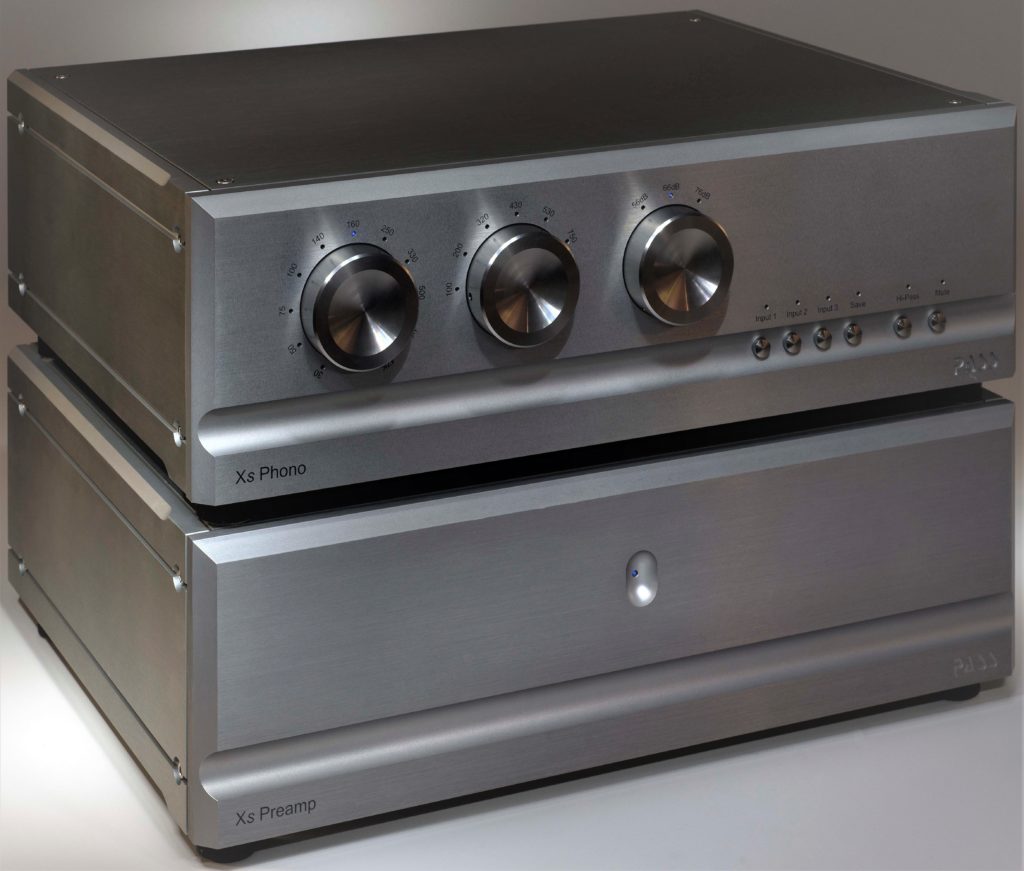
Pass Labs Xs Phono
RIAA equalization and amplification was via the $45k Pass Laboratories Xs Phono. It was capable of such degree of information delineation that even the Sumiko would sound spectacular through it.
According to Norbert, the $2,995 entry level Koetsu Black was the bestseller of the marque but I had my eyes on the stone bodies and held off the auditioning until all the pieces are in place, such as tonearm, tonearm cable, turntable and phono stage. For a misdiagnosis due to a mismatch of associated equipment is a shame, especially in the case of a highly respected marque and an equally high expectation of the cartridge on my part.
For the purpose of this review, a dozen or so new copies of albums in my collection were procured from online retailers Elusive Disc and Acoustic Sounds to gauge the sound of the Koetsu at the beginning of breaking-in and afterwards. Fifteen albums in I put on the Deutsche Grammophon Beethoven Bicentennial Collection Volume IV box set of five piano sonata disks, partly for satiating my craving for the solo piano sound at its most unmitigated, and also to clear my aural and sensory memory of previous sessions.
The sound of the Koetsu playing the piano recording through the Sound Lab electrostatic panels carried the most well-defined top-end energy when set at 1,000 ohm of resistive loading at the Xs Phono. The Xs Phono was also able to bring up the bottom-end at various settings, be it the 250, 330 and 500 ohm. Per Wayne Coburn of Pass Laboratories in a correspondence, “The 1 KHz is just the center point for the frequency curve definition. There are different ways to approach doing the equalization curve. The low frequencies may be harder because they require the most gain.” Set at +3 BASS level, the Xs Phono proved itself as the vast Sound Lab panels churned out a more pronounced and nuanced bottom-end than all speakers I’ve auditioned to date.
Previous cartridges such as the Miyabi/47 when attempting the piano was impressive in exhibiting a very even spread of energy across the spectrum, and then the Fuuga with its composite, metallic body possessed all the Miyabi/47’s strengths with superior dynamics. Still, improvements at the Fuuga’s price points are minutely incremental and require quieter and higher-grade phono stages to discern. But the Koetsu JP flaunted its overwhelming suite of qualities upon landing.
Take the best qualities of the Fuuga, add a little evenly spread energy and you get the Koetsu sonic aesthetics. Thirty albums in and the fine edge around instruments began to fade away to the spaciousness and detailing that is the unique Koetsu house sound. The Pass Labs Xs Phono is capable of preserving and amplifying such definition from cartridges that to say it is the absolute reference in phono stages is to say the hypergiant star VY Canis Majoris is big. And cartridges of the caliber of the Koetsu Jade Platinum are the ones for which the Pass Labs is made.
The Koetsu stabilized after forty albums in and the Koetsu balancing act was in full bloom: Bossa Nova classic Getz/Gilberto on 45 rpm reissue from online retailer Elusive Disc was resplendent with separations, soundstaging, tonal vividness and dynamic contrasts at the highest order I’ve experienced. Its SACD and LIM K2 HD editions yielded to the Koetsu/AMG/Clearaudio/Stealth Audio Cables/Pass Labs consortium where finely applied additional energy endowed the LP with more forward music momentum, more vivid tonality and more energetic bottom-end. Likewise, the 1960 recording of Chopin Piano Concerto No. 1 of a Hi-Q Supercuts production also from Elusive Disc brought the most comprehensive suite of all sonic attributes in these grooves yet to the fore.
Playing the Richard Strauss tone poem Also Sprach Zarathustra in a 1984 Deutsche Grammophon recording under the baton of Herbert von Karajan with the Berlin Philharmonic revealed the ingenuity of the recording industry. The Koetsu pulled out a sound of the horns and strings from the groove more sonorous than the redbook CD, in spite of the recording being early digital in nature. Instrumental texturing was more detailed and varied through the Koetsu, imparting a more involving listening experience. The lack of a high-resolution edition or an SACD release on this recording even to this day further speaks to the value of the LP, and the Koetsu help cement this recording’s status as the best sounding of the conductor’s three readings of this piece since 1959.
Nonetheless, not being able to listen to this 45-minute tone poem in one sitting and having to get up, clean the cartridge, remove the record clamp and the peripheral ring, flip the record over, put on the clamp and ring, brush it for a round or two and lower the needle again just cut into the concentration and enjoyment of the moment. This is one piece I would probably have even play time on both the CD and the record, and two more sealed copies of the LP remain. Regardless, the sound and beauty of the Koetsu was on full bloom whenever this record was in play, and it added to the satisfaction of music enjoyment.
Fifty-some albums in and I pulled back out the new LPs on which the Koetsu Jade Platinum had traversed during its first hours and it was a revelation. The new Koetsu was impressive on first cue and already producing the most comprehensive and balanced suite of sonic attributes from any cartridges I had ever heard; the broken-in Koetsu was even more open, completely disappeared, and the music took on a sense of liquidity and ease extraordinary among cartridges, conveying a distinct sense of luxurious elegance that germinated during break-in. But the new Jade Platinum produced that teeny bit of extra outlining edge to the sound of instruments and transients that is unforgettable. Perhaps it is my “new-car smell” syndrome in overdrive once more.
The sound of the Koetsu Jade Platinum is truly a high fidelity musical experience in the best sense of the word, perhaps due in no small part to its fanatical purist design of being encased in a stone body and utilizing the industry exclusive platinum magnet, among other factors. It is now my reference.
Copy editor: Dan Rubin
System:
Acoustic Sciences Corp TubeTraps
Audio Reference Technology Analyst EVO, Analyst SE, XLR, RCA interconnects, power cables, Super SE power cables
Harmonix Reimyo by Combak digital coaxial cable
PS Audio DirectStream Power Plant 20 AC regenerator
Clearaudio Master Innovation turntable system with Smart Power 24V battery power supply
AMG 12J2 tonearm
Stealth Audio Cables Helios phono cable
Pass Laboratories Xs Phono
Pass Laboratories Xs Preamplifier
Pass Laboratories XA200.8 pure class A solid-state monoblocks
Bricasti Design M28 solid-state monoblocks
Sound Lab Majestic 645 electrostatic panels
- (Page 1 of 1)


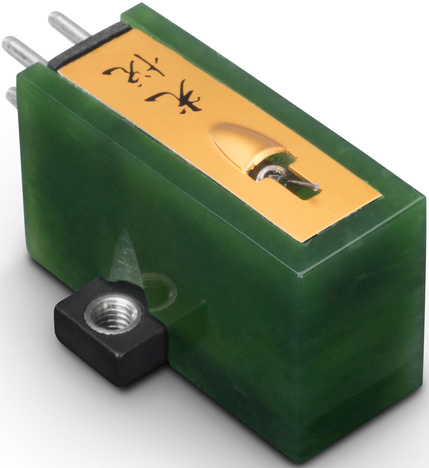
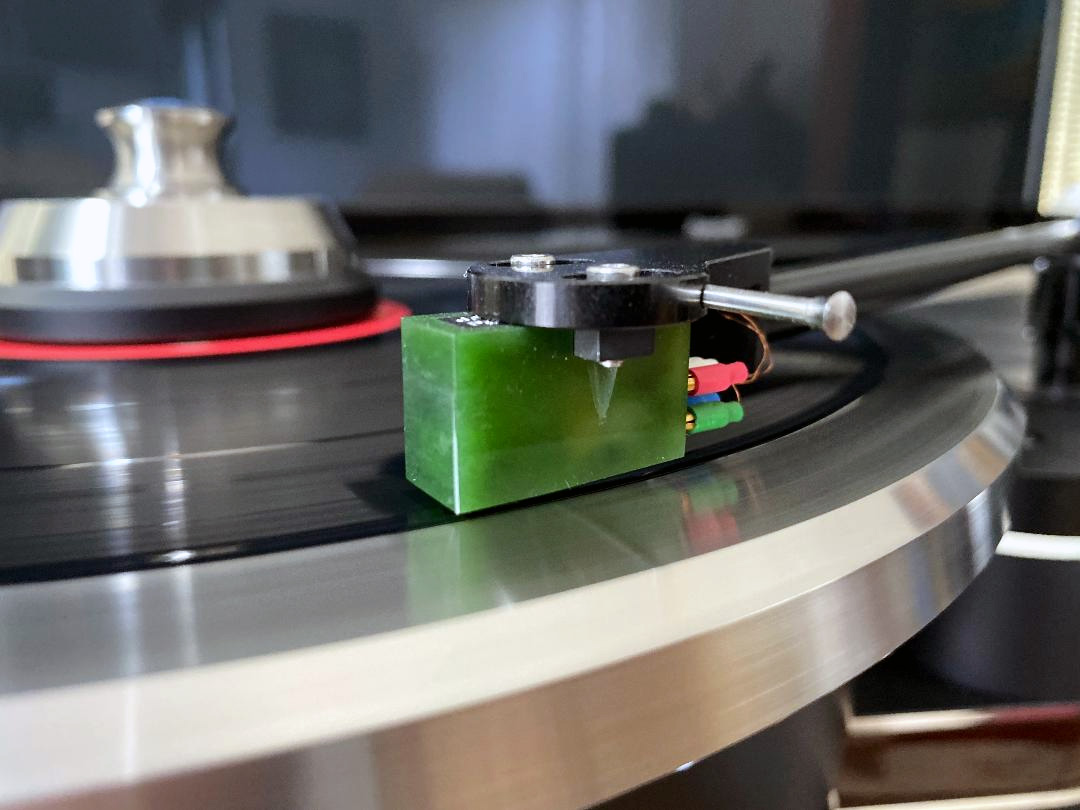
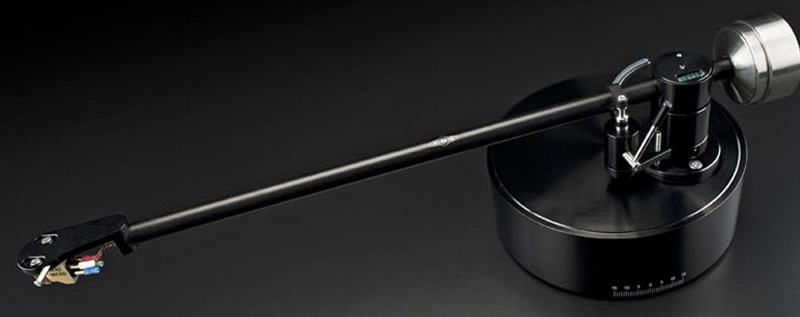
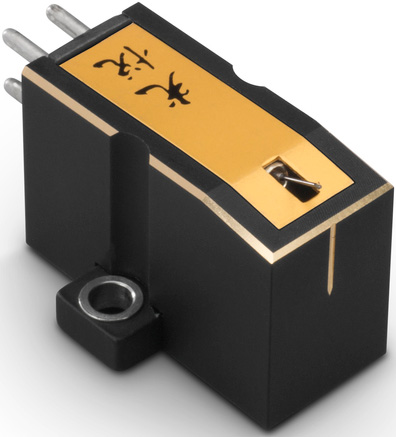
I’m an engineer. There is no reason to pay that much on a phono cartridge. Maybe if it would be completely made out of diamond.
Ioan,
Thank you for your readership and comment. Apart from whether you heard this cartridge or not, Koetsu has to do the following:
1. Acquire the complete platinum magnets inventory from Kodak;
2. Acquire acceptable quality of the gem stone in bulk purchase;
3. Acquire an inventory of boron for the cantilever;
4. Acquire the diamond stylus in bulk;
5. Hire certified professional Accounting personnel for cost control;
6. Hire and train craftsmen to carve the gem stone into rectangles, then hollow it out;
7. Pay tooling and facility costs;
8. Absorb losses from imperfectly crafted stone bodies and parts;
8. Pay costs of advertisement, traveling expenses for promoting the product;
9. Price the final product so that after the local retailers and international importers make a profit selling it, the manufacturer himself can also make a living.
The reality is crazy stress and endless unpredictability when a huge sum must go out as outlined before a product is sold.
Give it a listen.
When we were using V15 IIIGs and the Koetsu Rosewood was released, it was a similar revelation. Improperly adjusted, it had the ability to sound truly horrible, which I always found curious. However, properly dialed in, it delivered every transient you anticipated a cringe on it a way you never expected. With a truly unbridled sense of both bandwidth and dynamic range, instantly revealing everything else wrong with the system!